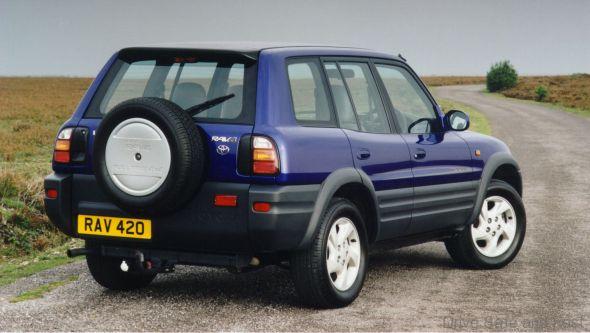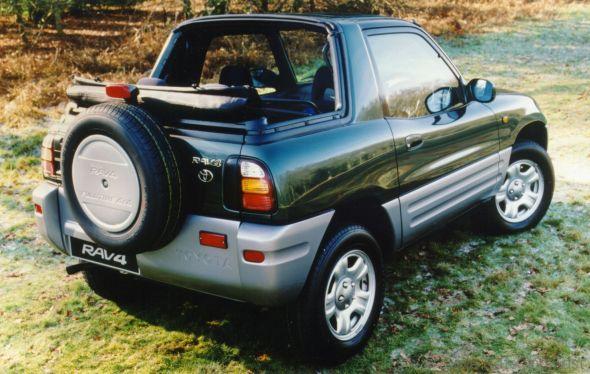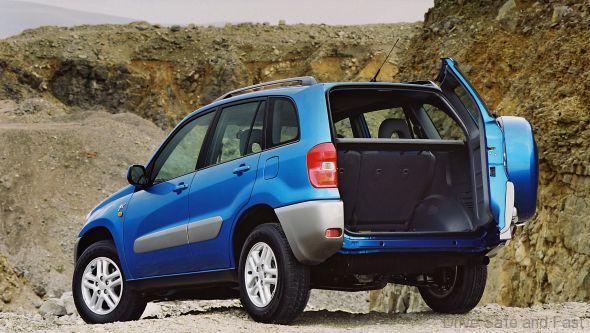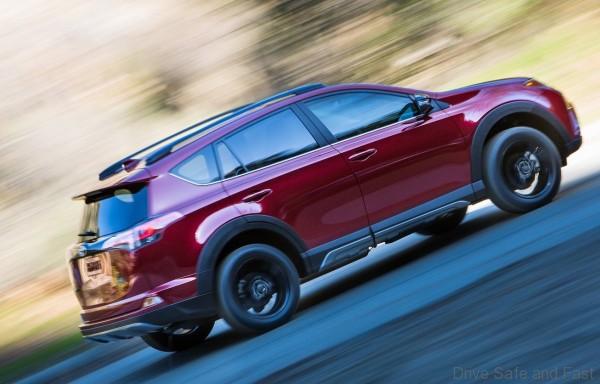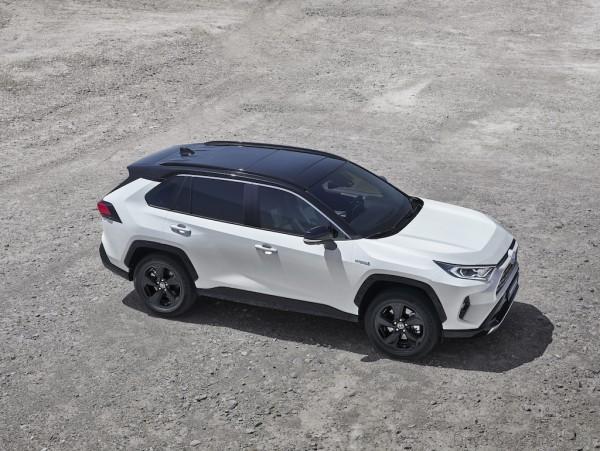Earlier this week, Toyota sold their 10 millionth RAV4 SUV. While many Malaysians are familiar with the RAV4 nameplate (some perhaps have or still own one), we’re willing to bet many more don’t really know the history of this CR-V rival. So here’s a short history on the model to catch you up.

Concept
Toyota had immense success with the Land Cruiser throughout the 1960s – 1980s. This was their breakthrough product in the United States and what was even more amazing was that it was exceeding benchmarks set by more experienced carmakers at the time. By the mid-1980s, Toyota were thinking about taking the SUV into more docile territory. They showed the “RAV FOUR” concept at the 1989 Tokyo Motor Show. The name meant “Recreational Active Vehicle with Four Wheel Drive”.

By 1993, Toyota had refined the “RAV4” in every aspect to make it more production ready. The following year Toyota created a new segment that is hotly contested and still growing to this day – the compact SUV segment.
XA10, the 1st generation (1994 – 2000)
The RAV4 had a unique chassis that shared a few features from other models like the Corolla. It originally came in just a 3-door form with a 2-litre petrol engine and all-wheel drive. Unusually for an SUV at the time, the engine was mounted transversely and the RAV4 had a monocoque body with independent rear suspension. These are all features common to passenger cars and not off-roaders, yet Toyota still gave it a low-ratio transfer box. By 1996, a 5-door version was added and all-wheel drive became an option. Later on, the 3-door model got a soft top body style option too and Toyota even produced a few all-electric versions of the RAV4. Yes, this was before the 2000s! One of the most iconic traits of the RAV4 was the side-opening rear door with the spare tyre mounted on it.
XA20, the 2nd generation (2000 – 2006)
The second generation RAV4 continued many of the established features from its predecessor. It had a new platform which again shared some commonality with the Corolla of the day.
A new 1.8-litre engine came as standard for 2WD models. A 2-litre was still offered on higher grade models, with a 2-litre diesel engine also being offered in some markets. Safety equipment, amenities and cosmetic options were added. The RAV4 was a little larger in this generation and a Torsen rear diff was an option this time around.

XA30, the 3rd generation (2006 – 2012)
With the 3rd generation, the design was not substantially changed even with an all-new chassis. Toyota decided to drop the smaller 1.8-litre petrol and instead offer larger displacement motors. Part time all-wheel drive was now introduced too. The base model now was back to a 2-litre, but a 2.4, 2.5 and even a 3.5-litre V6 were your petrol options, with a 2.2-litre diesel in select markets. While the design change was not radical, and Malaysia didn’t see this generation through official channels, there are some huge changes in this generation.

The steering went from hydraulic power assisted to electric power assisted for the first time. Toyota also added a new all-wheel drive system that had more electronic parameters than before. Downhill Assist Control and Hill-start Assist Control were featured here as well. A new long-wheelbase bodystyle was also introduced. In the grey market, you’ll sometimes see these sold as the “Vanguard”. Interestingly, Toyota actually worked with Tesla for the EV variant of this RAV4 and it had a range of 166km and they moved a couple of thousand units in the US. Many models lost the rear door-mounted spare tyre.

XA40, the fourth generation (2013 – 2018)
The 4th gen RAV4 shifted closer towards a more conventional design. The spare tyre was now hidden and the rear door moved its hinges from the side to the top of the vehicle. The V6 engine and extended wheelbase model from the 3rd generation were dropped too.
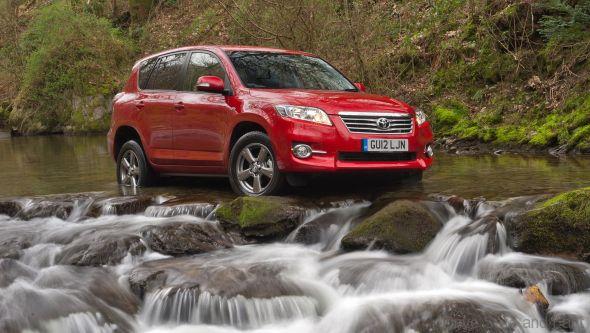
A new 2-litre diesel was added as well as a 2.5-litre hybrid model for the first time. The RAV4 grew by a huge 23.5cm over the last model. Dynamic Torque Control was added.

XA50, the fifth generation (2018 onwards)
The current RAV4 is built on the TNGA-K platform, which also underpins the Lexus ES. While not as long as the 3rd generation model, this new RAV4 is wider and has a longer wheelbase than before. The all-wheel drive system is more advanced than ever. Toyota are also giving this RAV4 the most fuel-efficient and powerful powertrains in its history. The PHEV version will reportedly have over 300 horsepower and to the century sprint in under 6 seconds! This 5th gen RAV4 is also strongly rumoured to be coming to Malaysia, perhaps even in CKD form.

